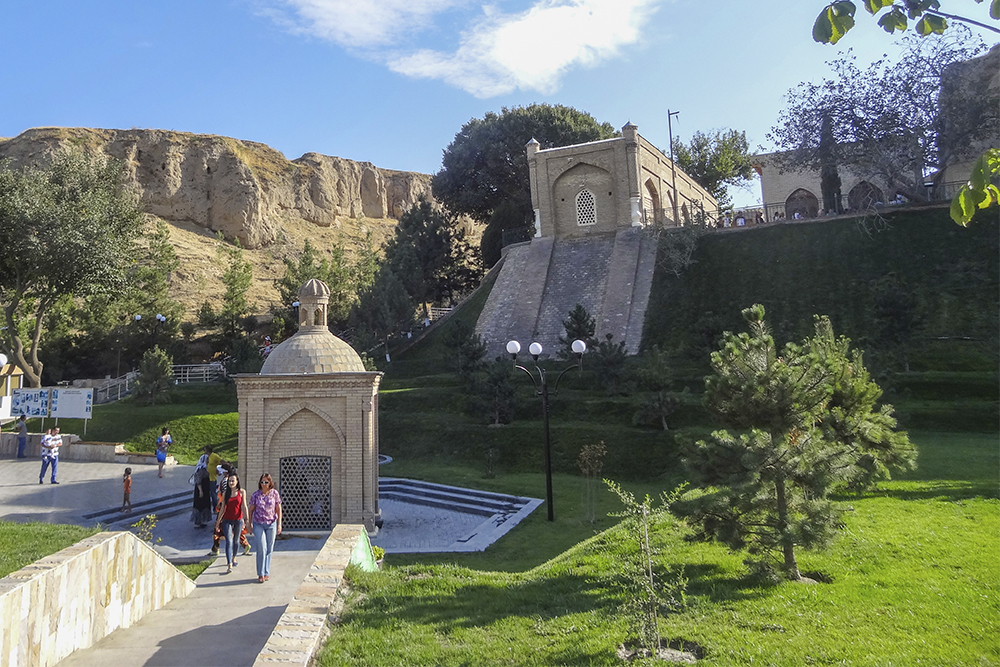Turfan Central Museum is a concise history of Turfan oasis with a collection consisting of 5.000 of historical relics, pulled from Turpan Basin, beginning from the Paleolithic Age (about 3 million years BC) to modern days. This museum is the second one in the Xinjiang with the largest collection. The museum has a display, which is divided into three parts: historical relics of Turpan, Turpan ancient mummies exhibition and exposition of a large fossil rhinoceros. The fossil of the large rhinoceros is the pride of the museum. It is confirmed that this is the most well-preserved fossil skeleton of a big rhinoceros in the world. Big rhinoceros was the largest mammal that lived 20 - 30 million years ago.
Hall of historical relics of Turpan is divided into 8 time sections. There are about 3,000 historical and cultural artifacts, including pottery, ancient writings, articles made of linen and silk, wood carvings, dried fruit, other kinds of preserved food. Most of these relics were excavated from ancient tombs, but some of them were found by local residents. Pulled ancient writings correspond contracts, account books, letters, etc., which are written with Sogdian, Uighur, Sanskrit, Han and other symbols. Most of silk is a cultural Silk Road relic, such as brocades, fine silk, fabric of gas. The exposition of the ancient Turfan mummies is very enigmatic and attractive part of the museum"s collection. It represents 11 dry human remains, aged from 2 to 1 thousand years. These remains are found in ancient tombs of Astana-Karahodzha, Subashi and Yanghay. Dry, windy natural environment of Turfan Basin has helped the rapid dehydration of natural buried corpses. Dry bodies of General Zhang Xun and his wife are the most interesting in the exhibition. These bodies are undamaged and intact, and it has a great scientific importance for the history and archeology.

 Centralasia Adventures
+998781506280
Centralasia Adventures
+998781506280
28, Mukanna str.
Uzbekistan
Tashkent region
100070

